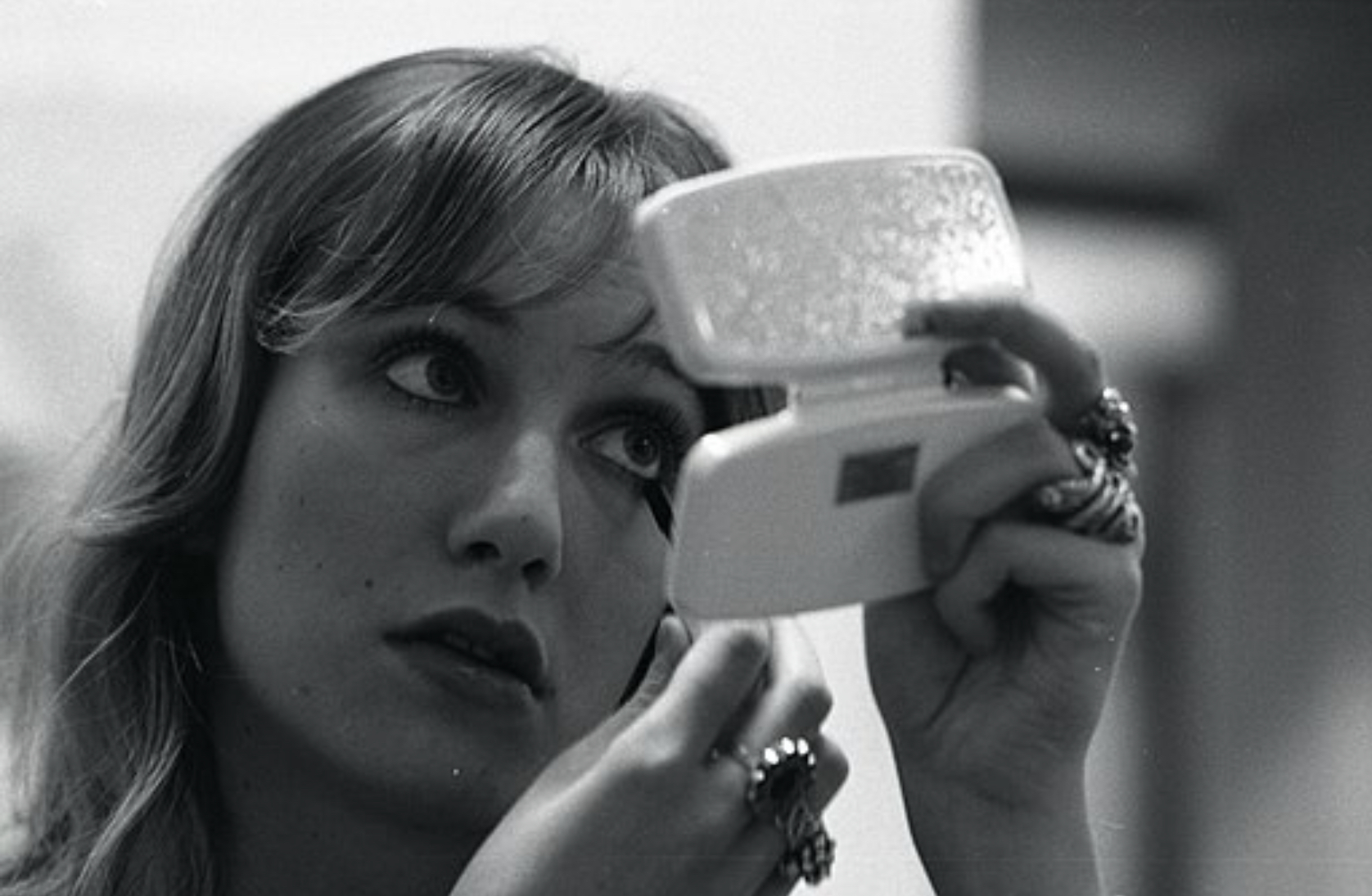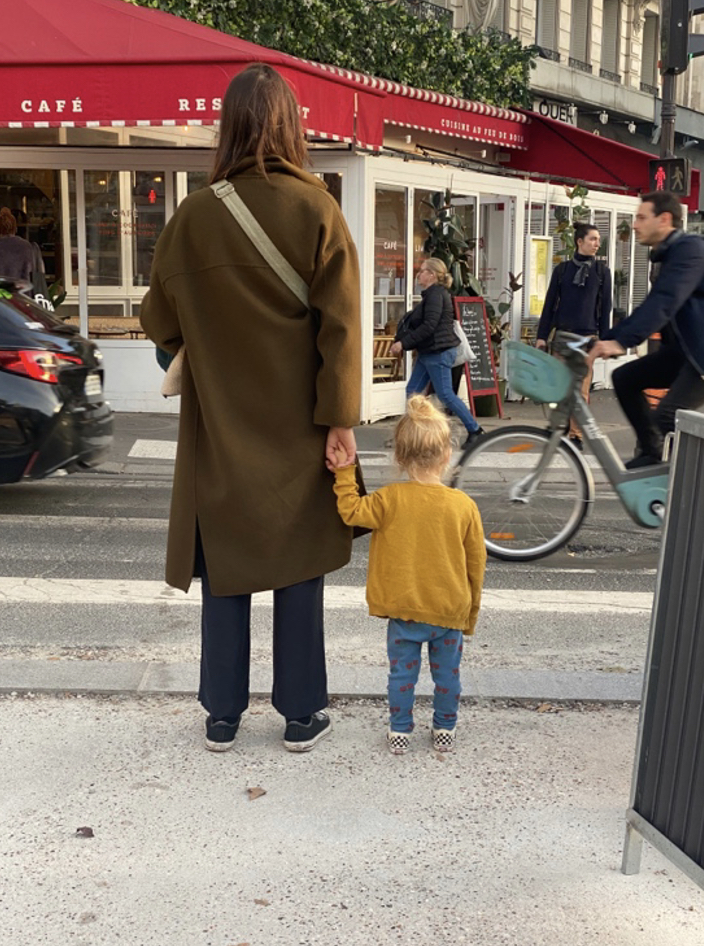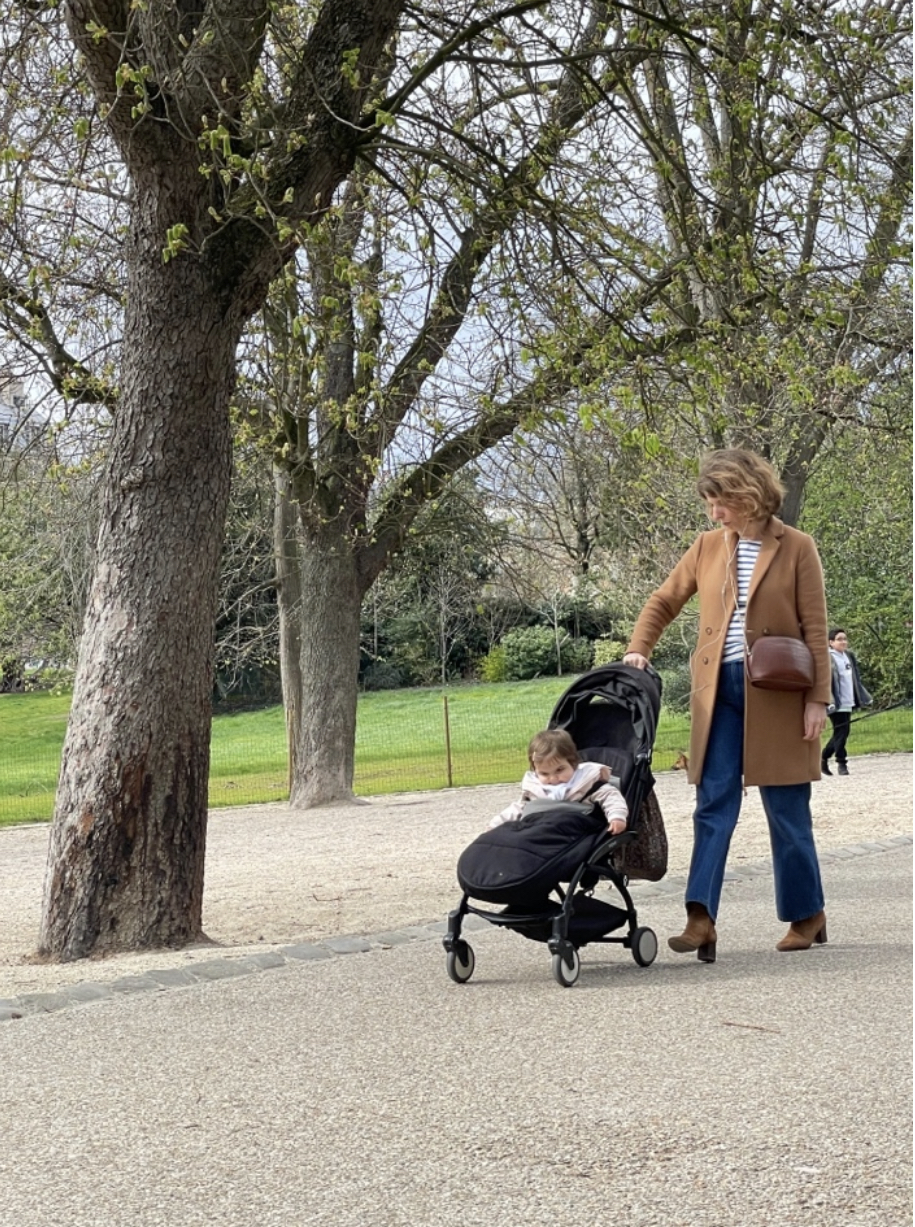The Façade of French Female Beauty

The dichotomy of the French woman is that she is both feminine, and feminist, independent while also being sexually romantic, beautiful but only in terms of seeming effortless – so how do they manage, where does it come from, and is it all a myth?
Since the 15th century, The Parisian female has been conditioned and groomed to be the global image of France, placing a heavy emphasis on their appearance, imagery, and beauty expectations. She evokes a well-dressed, effortless, put-together figure who manages a full-time job, kids, high-end wardrobe, beauty routine, and social life without a drop of sweat. Simultaneously, feminism is deeply rooted in French history, birthing some of the most influential feminists such as Simone de Beauvoir and introducing powerful movements like the Mouvement de libération des femmes, which, founded in 1970, advocated for women’s bodily autonomy while also challenging the patriarchal structure in society.
Paris is often considered the city of love and the capital of fashion, introducing major-name designers and media outlets that have dominated the industry for centuries. Concurrently, the Parisian female was created, an icon for her fashion and appearance that would spread globally. The appearance of the Parisian women became a trademark public image for France, creating an ideal idea of femininity that millions globally would strive to embody. It also created a strictly defined expectation of female physical representation, placing standards and responsibilities on French women.
When asked how she feels about this topic, professor, research and scholar Sophie Kurkdjian finds the Parisian women is so relevant yet simultaneously so false, “It’s very interesting, what we have in mind when we think of the Parisian women, is a white Caucasian very thin well put together women but when you are in Paris this isn’t the case.” She added, “this idea isn’t anything new”.
Kurkdjian is right - this caricature has a lengthy history. Post WWI and WWII, French females became the pillar of stability in a “de-masculinized nation”, being encouraged to exert their attention to their appearance. Women brought morality to a hurt nation through their feminine appearance, and that expectation has been maintained to this day.

Googling “How to be a French Girl” and “How to Dress Parisian”, generates millions of suggestions - countless articles point to keywords, style tips, and suggestions that all aim to direct women on how to achieve this look. There have been countless magazines, ad campaigns, and books that feed into this “ideal” beauty standard. Notable titles include: How to be Parisian Wherever you Are: Love, Style, and Bad Habits and French Women Don’t Get Fat, that preach to their readers the importance of looking ‘f*ckable’ and consuming a diet of only leeks and water.
More recently, the hit Netflix series Emily in Paris, did a major job of reinforcing stereotypical “La Parisienne” ideals. The show demonstrates how the standards that were generated during World War I and II for women are still prominent today, with very slim fitting, silhouette favoriting clothing pieces, Emily’s wardrobe styling only reaffirming the Parisian beauty and appearance expectations. . With such emphasis on physical appearance in Emily in Paris, the show is yet another example of media that plays into a larger narrative of conforming to gender expectations. According to Kurdjian, these stereotypes are delivered as soft power. She asks, “Why Emily in Paris, why so many books on this? Why do we never stop talking about this? It's how we exist in the eyes of people around the world, so that's why it's so important.”

A student at Conservatoire Municipal, Louise Frago gave her firsthand perspective on the subject. Born and raised in France, before moving to Paris, she discussed how her childhood consisted of pressure to embody heavily feminine traits. When asked about her social life and how she presents herself, Louise stated she usually does not wear makeup and finds that by not doing so, she is being perceived as not put together or perceived as if she doesn’t care about her appearance. She states that “These types of expectations are annoying because they show a lot of control and judging on how you take care of your looks”.
We shouldn’t be surprised women are still held to very feminine expectations of their physical appearance, when their surrounding environment does not reflect progress. While times have changed since 1900 and gender politics have evolved, France still falls short. Only 37% of the seats in France’s parliament are women, and while women’s rights are a national guarantee, France is ranked 16th globally for its gender pay gap, with one and five French women sexually harassed in the workplace. “In politics”, Kurkdjian says, “It’s really important, it's a question of, you need to seduce men. You need to seduce the society and it's everywhere. Will I wear this sweater? No, I can't I'm a woman.”
If the society French women function in won’t support them, it is no surprise that women find it difficult to remove themselves from the idea of the “Parisian”. These thoughts consume French women daily, presenting them with ultimatums and expectations on how to hold themselves in the public eye. It is essential to peel back the layer of beauty and understand the true cost of being a woman in France.





